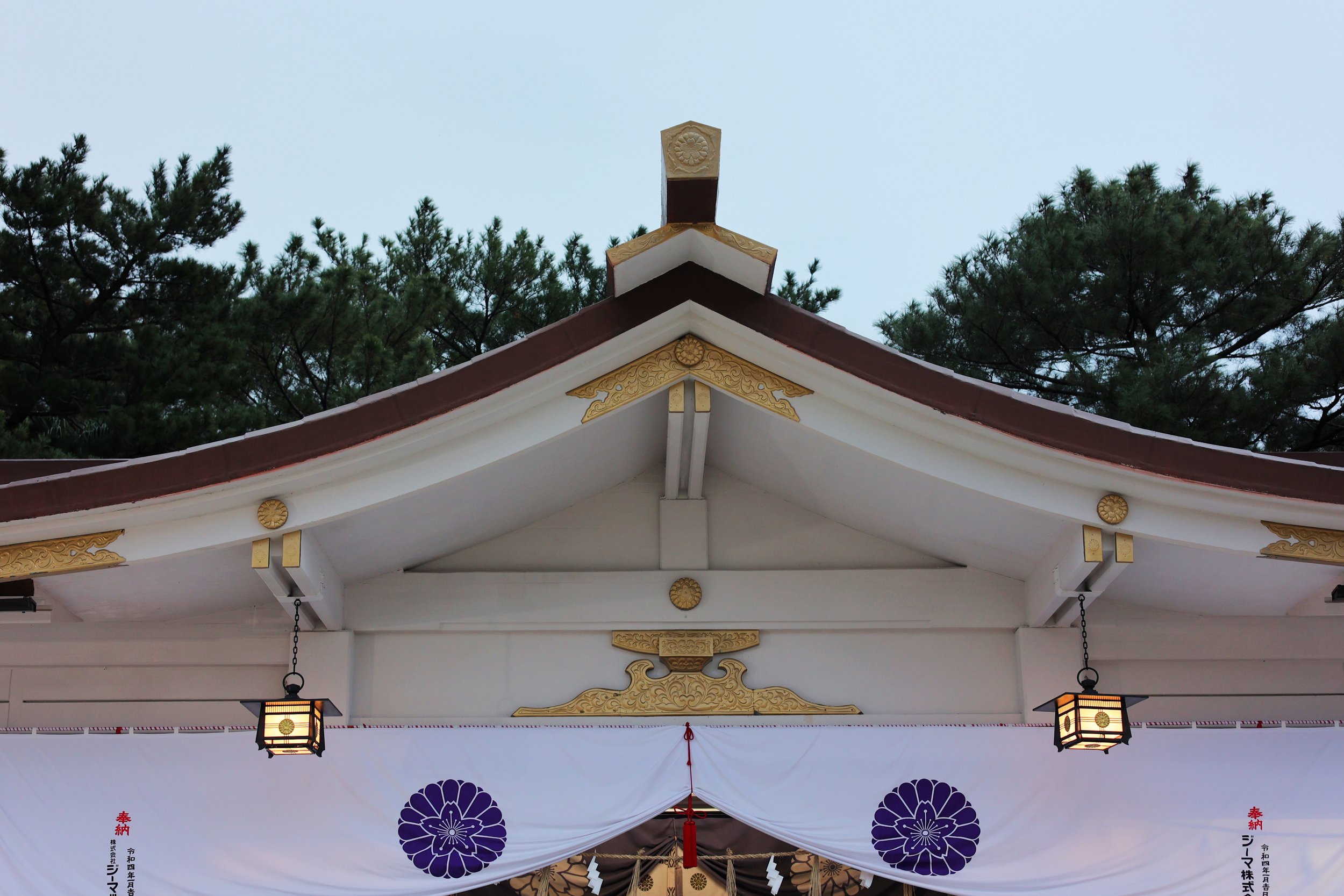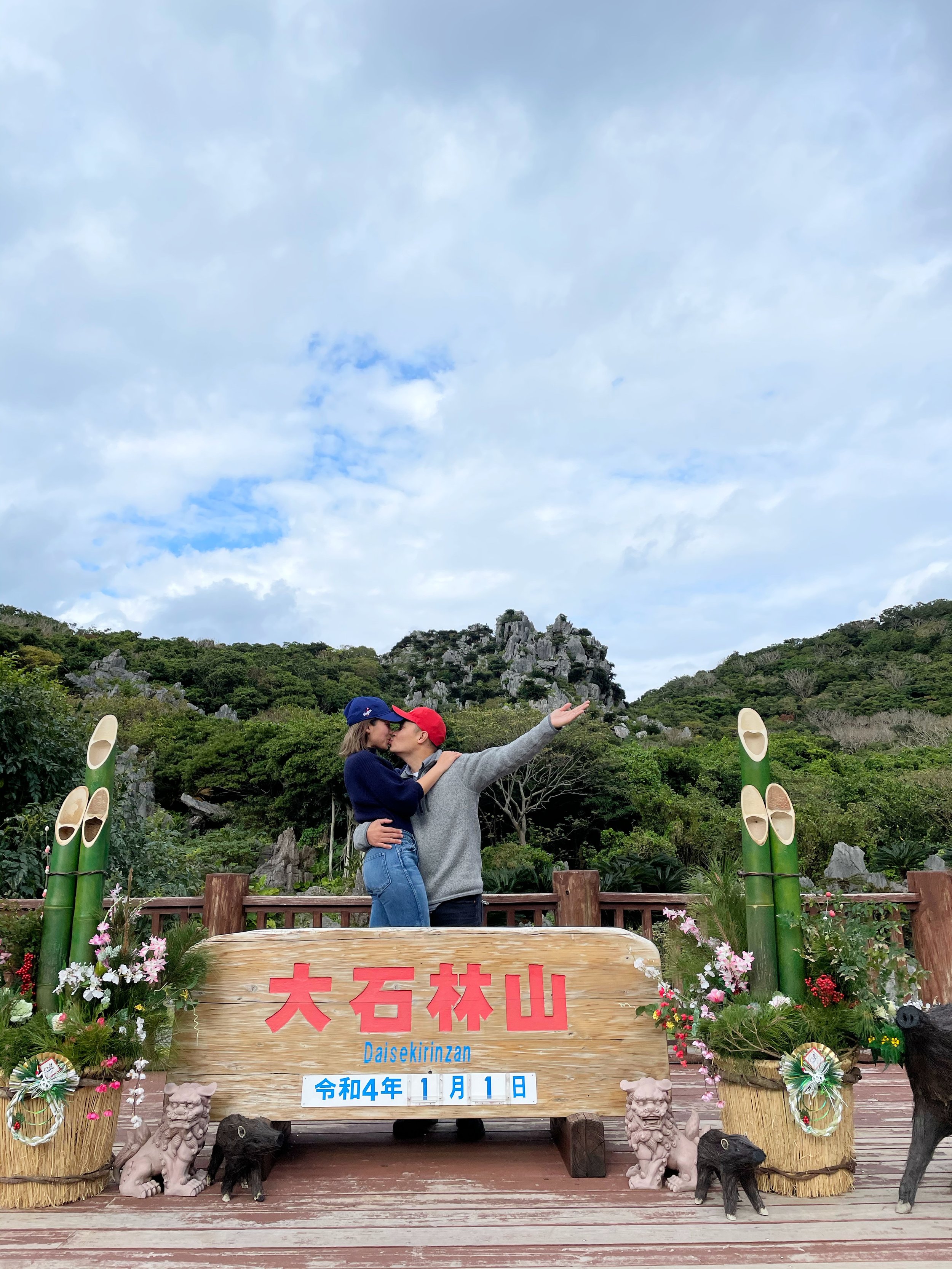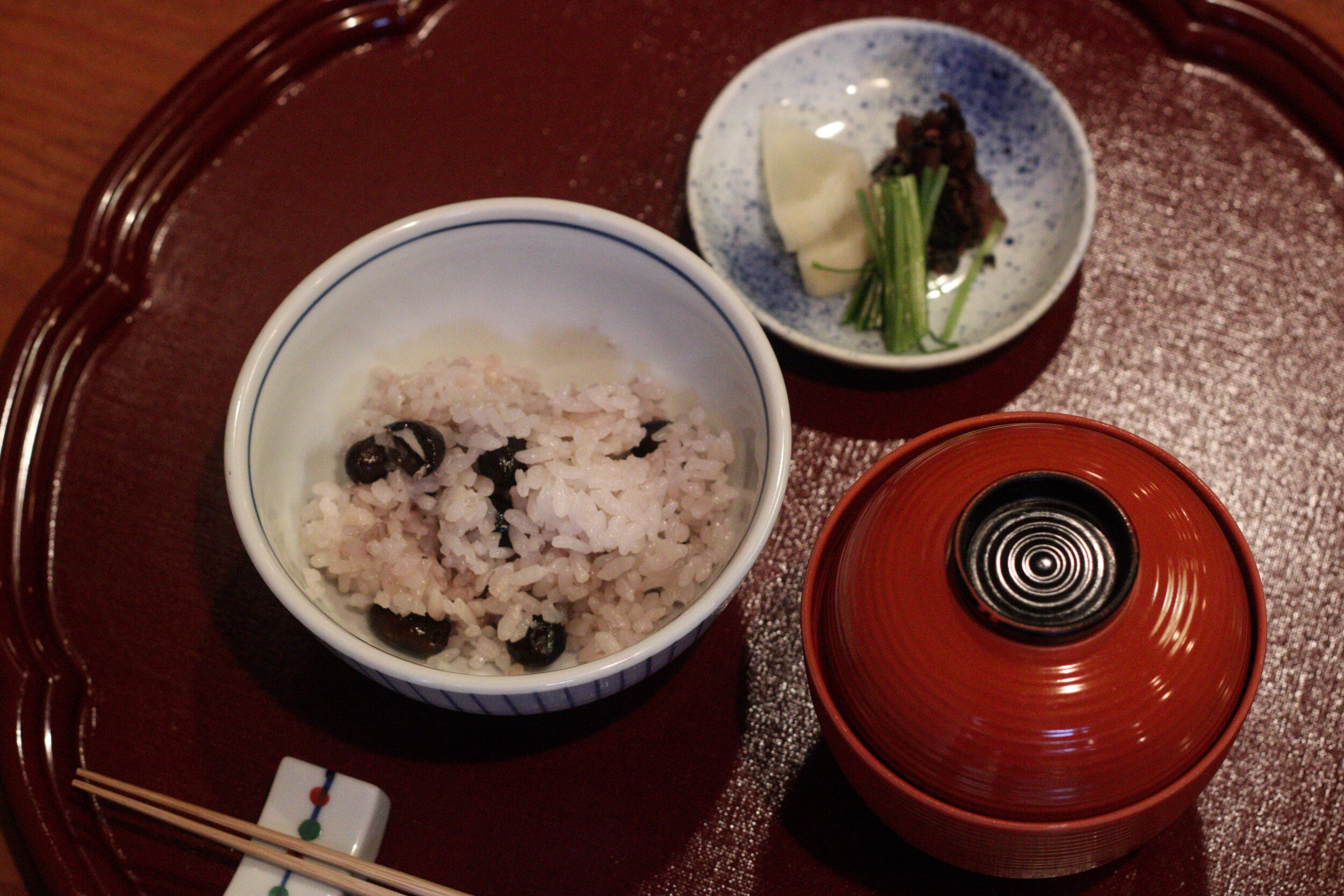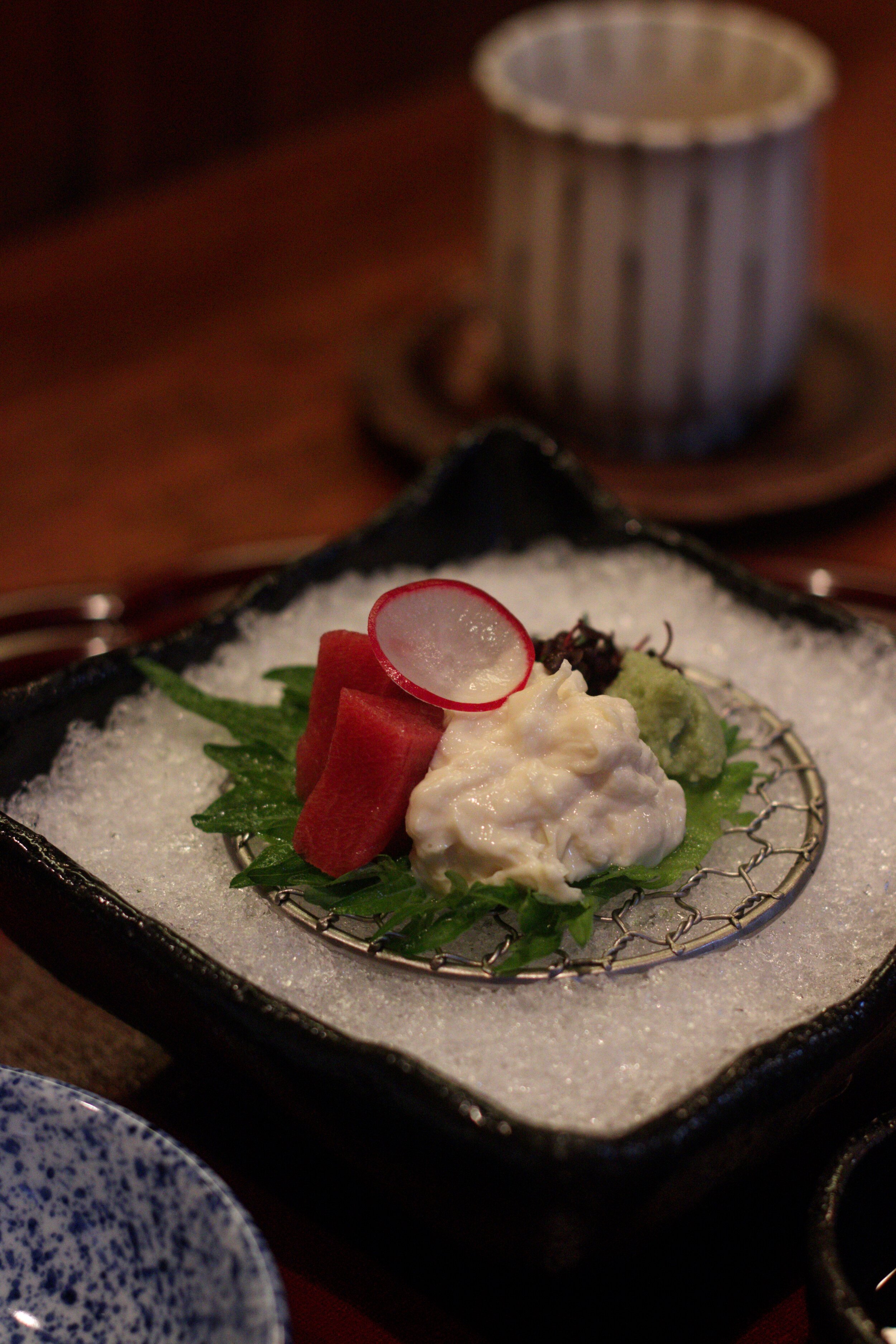2022 Happy New Year
/We start strong in 2022! Finally checked off our bucket list: see the first sunrise in Northern Okinawa. I’m grateful that the UN was well disciplined, he made sure we didn’t over-commit our NYE plans so that we didn’t have to pull an all-nighter as if we were still in college. We kicked off the start of 2022 by watching the first sunrise at Cape Hedo, visited Daisekirinzan, barbecued and played board games with friends, and even went fishing on New Year’s Day!
During the first week of the new year, it is customary for Japanese to visit different temples to pray for blessings for the year. We visited 2 out of the 8 Ryukyu Hashas - Sueyoshigu and Shikina Shrine, as well as two very popular shrines in Okinawa. As always, we didn’t worship at these shrines, we went to simply be immersed in Japanese New Year celebrations and surrounded by delicious food stalls outside of some of these shrines.
Gokoku Shrine
We were looking for Oki-gu, one of the Ryukyu Hashas, but saw the bigger crowd flooding to Gokoku Shrine. Only when we were purchasing omamori did we realize that Oki-gu is different from Gokoku Shrine. LOL Gokoku Shrine is very busy during the New Year, outside of the Shrine there are many good food options!
Sueyoshigu
Remember to bring bug spray! Hiking wasn’t part of our original plan, but we trekked through mossy stone paths and climbed flights of stairs to get to Sueyoshigu. This particular shrine is a bit hidden, if it weren’t for the New Year flags, we probably wouldn’t have found it. Direction: park here, there are stairways on the right, and another trail on the left. Don’t turn on either side, just go straight! Not far away, you will see a sign “Sueyoshigu” on the left.
Sairaiin (Daruma Temple)
I’ve long wanted to come here to see the many darumas. There are different sizes and colors darumas that you can purchase according to your wish.
Shikina Shrine
One of the Ryukyu Hashas! If you would like a Goshuin, you need to notify a shrine clerk ahead of time.
As per usual, I set a few new year’s goals for myself, hoping this year I can be even more focused on the things I set out to do, and spend more time doing things that are interesting and important to me. I wish a blessed and healthy 2022 to everyone!
Daisekirinzan
Daisekirinzan
Daisekirinzan
Okinawa soba from Daizeikirinsan
Dorayaki from Daizeikirinsan
Food stalls outside the shrine.
Trail to Sueyoshigu
Sueyoshigu
Daruma Temple
Daruma Temple
Gokoku Shrine
Gokoku Shrine
Food stalls outside of Gokoku Shrine.
Shikina Shrine
Daisekirinzan
Shikina Shrine
Chinese Translation
2022年絕對有好的開始!我們終於完成2020年時想來沖繩北邊看日出的心願,也謝謝UN把我控制好,沒有爆肝趕場這種自以為還在身體能承受熬夜不睡覺的生活!2022年,我們不但看到日出,到沖繩本島最北邊的辺戸岬、大石林山,和好朋友們一起烤肉玩桌遊,隔天我們還去釣魚!
新年第一週,依照日本人到神社祈福的習俗,我們參觀了琉球八社裡的兩間神社,末吉宮和識名宮,和兩間在沖繩非常有名的神社。雖然我們沒在神社拜拜,濃厚的日本新年祈福裝飾和神社外好多小吃攤讓我們也好興奮。
護國神社
原訂計畫是參觀沖宮,也是琉球八社其中之一,但我們被人潮帶到護國神社。選御守時才發現我們在沖宮旁的護國神社,哈哈哈!新年的護國神社非常忙,神社外有許多小吃選項。
末吉宮
記得帶上防蚊液!原本沒計畫健行登山,但我們又爬山又走一堆樓梯才找到末吉宮。位置有點偏僻,要不是有新年旗子和標示,我們還真的找不到!(UN一開始以為我又晃點他了!)
不免俗還是訂了幾樣目標,希望新的一年能更專心做每件事,也希望能有更多充裕的時間來專研自己喜歡的事。希望大家2022一切順利,世界能更健康!















































